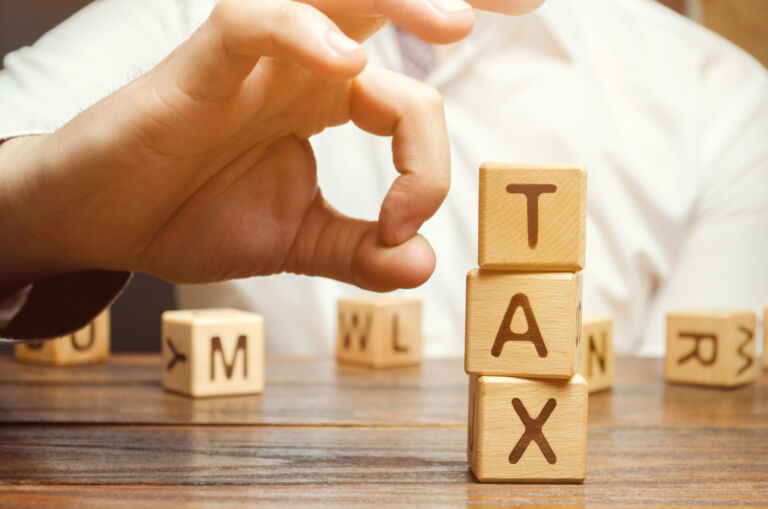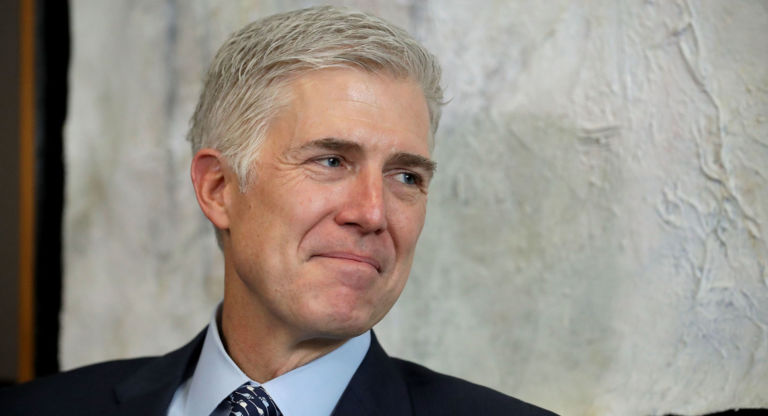Christian Datoc of the Washington Examiner explores an interesting link between the president’s popularity and an important pocketbook issue.
President Joe Biden’s approval rating tanked in his second year in office, and a spike in domestic gas prices was a leading driver.
Biden’s numbers never completely recovered, despite a bounce after Russia invaded Ukraine. But they often did go up when gas prices went down.
Furthermore, with gas prices currently sinking to their lowest levels in a year and a half, the White House is taking a cautious victory lap heading into Biden’s third year in office.
Though positive for his first months in office, Biden’s approval rating fell below 50% in August 2021 following the U.S. withdrawal from Afghanistan and slowly fell over the remainder of the year, according to RealClearPolitics. On Christmas 2021, only 43% of the electorate approved of his job in office, compared to 53% who disapproved, and the president hit January 2022 10.2 points underwater.
By the time of the Russian invasion on Feb. 24, Biden’s approvals had fallen to 40.5%, a 12-point negative margin.
Meanwhile, U.S. retail gas prices registered $3.38 per gallon on average on Jan. 3 but slowly started climbing during the buildup to the Russian invasion and had risen above $3.70 by Feb. 24.
The next two weeks marked the only period this year in which gas prices rose, rather precipitously, and Biden’s also bounced. The president’s rating jumped back a point and a half on average, registering 42.9% on March 14 when retail gas was costing the public more than $4.41 per gallon.
Gas prices continued to rise through the summer, cresting at an average price per gallon of $5.10 nationally in mid-June but slowly began to decline again through the fall. On Sept. 19, gas averaged $3.77 per gallon, a higher figure than during the breakout of war in February but still significantly lower than the summer peak.


